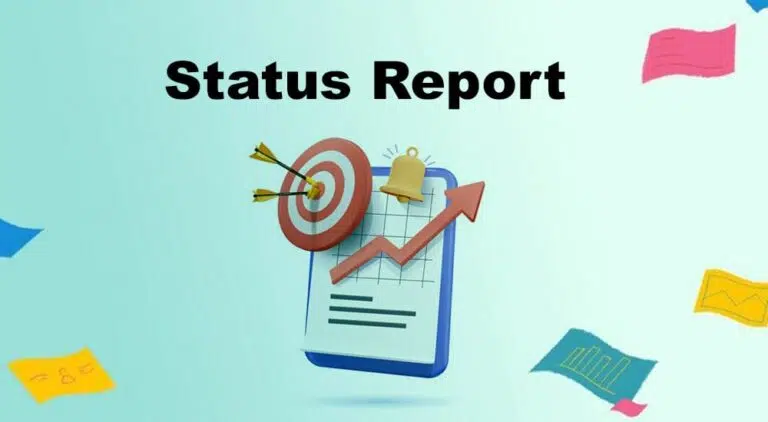If you work in IT, you must be aware of configuration management in project management, but if you do not work in the software field, you might not have heard of it. In software project management, a configuration is comprised of the product’s features or characteristics and is often known as “software configuration management.”
Configuration includes the physical and functional features of the product. For example, the configuration of a school building project can be a building with two floors and eight rooms on each floor.
What is Project Configuration Management?
Project configuration management is about managing product configuration or project changes. If the client requests a change in the product features or characteristics, the project managers will manage these changes through configuration management. Here, they will forward the request to change the control board, which will review the request and decide.
If they agree, the project manager will make changes and update all project baselines.
Change management is a subset of configuration management. Here, you require any change in the baseline. If your performance deviates, you will update the baseline, but the product or project deliverables will not change.
For example, one of your employees became sick and did not come for one week. This delayed your project, and you updated the baseline after getting approval from the change management system.
Configuration Management Process
According to the PMI, the five steps for configuration management are as follows:
- Planning: First, you will define the objectives, scope, and requirements of the configuration management process. Afterward, you will develop a configuration management plan outlining its implementation.
- Identification: You will identify configuration items (e.g., software, hardware, documentation, and other related elements). Each configuration item should be uniquely identified using a naming convention or unique identifier for proper tracking.
- Control: Control is the systematic change management of configuration items. This involves establishing procedures for submitting and reviewing change requests, approving or rejecting changes, and implementing approved changes. Version control is the key to ensuring that changes are tracked and different versions of configuration items are maintained for rollback if necessary.
- Status Accounting: Status accounting involves recording and reporting the status of configuration items (e.g., version numbers, release dates, current baselines, change-request status, etc.). This helps stakeholders track the progress of development activities and assess the impact of changes.
- Audit and Verification: This step involves conducting regular audits to ensure that configuration management processes are followed correctly and configuration items are managed effectively. Audits help find non-compliance so you can take corrective actions to maintain process integrity.
Summary
Configuration management helps manage changes in products and processes. The process involves planning, identifying, controlling, accounting for status, and auditing. Proper configuration management allows you to maintain organization, track changes, and ensure quality throughout the project life cycle.

I am Mohammad Fahad Usmani, B.E. PMP, PMI-RMP. I have been blogging on project management topics since 2011. To date, thousands of professionals have passed the PMP exam using my resources.






